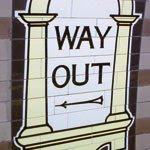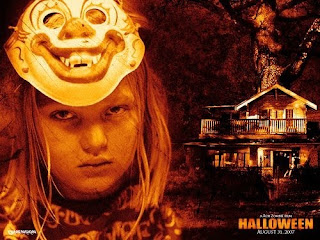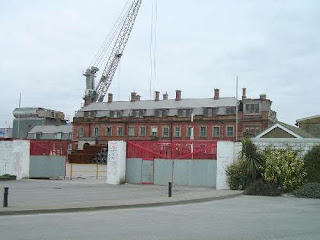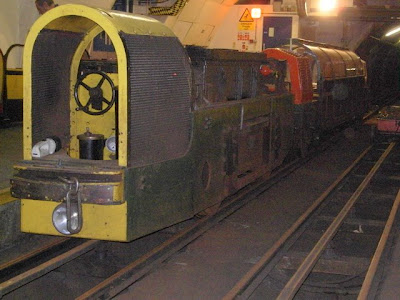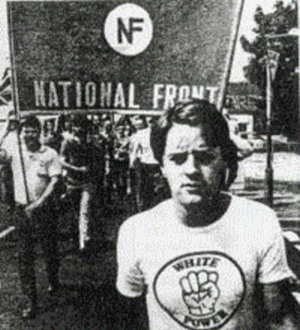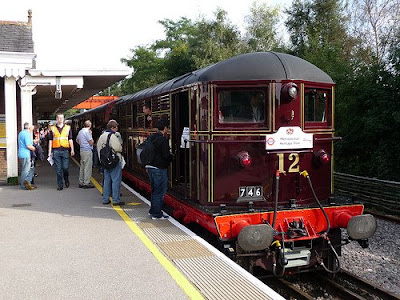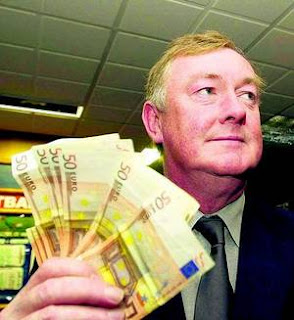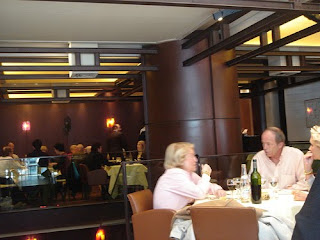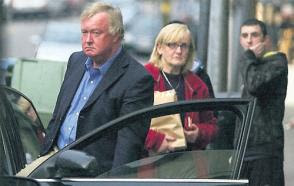
Though we take it for granted, and frequently curse it to high heaven, the London Underground is a wonder. The Tube network is the oldest and longest underground railway system serving a major city. Its history goes back to 1863, its conception even earlier.
For the full story see;http://daithaic.blogspot.com/2008/01/great-circle-line-journey.htmlThe Tube has driven engineering developments and creative design. It has featured in countless books, songs, films and poems. It has been the site of births and deaths, and bombs planted by everyone from pre-war anarchists to suffragettes, the IRA to the Islamist suicide bombers of 2005. Yet this venerable railway system keeps going, keeps growing and keeps enabling more than one billion Londoners a year to make their daily commute.
Here, partly extracted from David Long's The Little Book of London Underground, are some facts to fascinate about the Tube.
A Metropolitan tunnel visionary
In 1845 Charles Pearson, MP and Solicitor to the City of London, proposed alleviating congestion for London's 250,000 commuters by inventing an “arcade railway” underground in the shallow tunnels of what was once the bed of the Fleet River, from Farringdon to King's Cross. Pearson also proposed rehousing 50,000 City slum dwellers in seven new suburbs, and redeveloping the land they vacated to offset the cost of the new railway. Sadly, Pearson died a month before his vision became a reality in 1863.
Earl's Court goes up in the world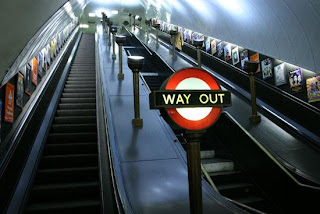
The first escalator on the Underground was installed at Earl's Court in 1911. A one-legged man, “Bumper” Harris, was employed to ride on it and demonstrate its safety. There was a certain synergy here as both the leg and the escalator threads were wooden! Afterwards Bumper Harris retired to Gloucester where he made cider. Unlike modern “comb” escalators, the original “shunt” mechanism ended with a diagonal so that the stairway finished sooner for the right foot than for the left. Anyone not wishing to walk on the escalator was therefore asked to stand to the right to allow others to pass, leading to Britain's unique flouting of escalator etiquette which dictates in most countries that escalators tend to match the rules of the road.
No dead ends on the JubileeIn 1926, “suicide pits” were introduced beneath the tracks because of a rise in numbers of passengers throwing themselves in front of trains. Uniquely, the eastern extension of the Jubilee line — the only one of two lines on the London Underground to connect with all others (The other, since the closure of the East London Line, is the Central) — features glass screens to deter “jumpers”. They also ensure platform edge safety and stop litter being sucked into tunnels, the major cause of tunnel fires on the Underground. Still, approximately 50 passengers a year kill themselves on the Underground.
Where modern tunneling was invented The Thames Tunnel designed by Marc Brunel father of Isambard Kingdom Brunel constructed in 1840
The Thames Tunnel designed by Marc Brunel father of Isambard Kingdom Brunel constructed in 1840The East London Line has always been somewhat unique as the only Underground Line which doesn’t go through Central London, having two termini only 600 metres apart and having the oldest tunnel on the system, the Thames Tunnel designed by Marc Brunel, father of Isambard Kingdom Brunel dating from 1840 and which along with the Tower Hill subway was the first sub-aqueous tunnel in modern times. There is reference to a tunnel in Babylon, but no archaeological evidence. More importantly it was the tunnel where modern tunnelling methods were developed and though underground and largely unseen it is a listed building!
 Brunel's Thames Tunnel before the East London Line closed for refurbishmentFor more on the Thames Tunnel and the East London Line see;http://daithaic.blogspot.com/2007/12/east-london-line.htmlTorture comes full Circle
Brunel's Thames Tunnel before the East London Line closed for refurbishmentFor more on the Thames Tunnel and the East London Line see;http://daithaic.blogspot.com/2007/12/east-london-line.htmlTorture comes full CircleThe Circle line opened in 1884 and was described in The Times as “a form of mild torture which no person would undergo if he could conveniently help it” – Conservative papers are still pro Public Transport to this day! Conditions haven't improved much in the intervening century or so, with a House of Commons report published in 2004 claiming that commuters face “a daily trauma” and “intolerable conditions” on the Tube.
 The Northern's highs and lows
The Northern's highs and lowsThe Northern line includes the deepest tunnel (at Hampstead) and the highest elevation (the Dollis Brook viaduct) on the line to Mill Hill East, the only part of the pre-war extension to Elstree actually built. Its ticket office at Bank was originally situated in the Crypt of St Mary Woolnoth. The first crash on the Tube occurred on the line in 1938 when two trains collided between Waterloo and Charing Cross, injuring 12 passengers.
Early birds catch the PiccadillyThe Tube runs 24 hours a day only at New Year and major events — such as the opening and closing ceremonies of the 2012 Olympics — because most lines have only two tracks, one in each direction. It closes at night for cleaning and maintenance. The earliest trains, such as from Osterley to Heathrow on the Piccadilly line, start from 4.45am, with the rest operating by 5.30am and continuing until about 1am.
Digging deep for the Victoria

The Victoria line was built to link King's Cross, Victoria and Euston and proposed names included Viking line, for Victoria to King's Cross, and Walvic (Walthamstow to Victoria). Tunnelling close to Buckingham Palace and major government departments, 2,500 miners excavated an estimated one million tons of earth, uncovering fossilised marine molluscs and human bones from an old plague pit along the way.
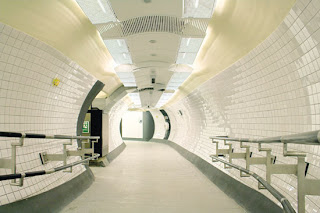 New arrival on the Bakerloo
New arrival on the BakerlooIn 1924, the first baby was allegedly born on the Underground, on a train at Elephant & Castle on the Bakerloo line. Twenty years later, US TV host Jerry Springer was born at East Finchley station, where his mother had taken shelter from an air raid. The Bakerloo line was the creation of two notorious wheeler-dealers, James Whitaker Wright and an American Charles Tyson Yerkes who ran the Underground from a suite at the Savoy Hotel where he had installed his mistress! Builders working on it suffered from the bends while tunnelling under the Thames. Yerkes owned one of the larger art collections in the United States and was reputed to buy ‘old masters’ as others would buy books. The combination of his mastery of financial manipulation and his love of the arts was instrumental in bringing together this unlikely partnership on a railway network.

London was ripe for the skills of Yerkes at the turn of the century with the Baker Street & Waterloo Railway virtually moribund in 1901 when its own financiers, the London & Globe, went into administration. Yerkes soon formed a holding company, the Underground Electric Railways of London Ltd, and the Bakerloo was soon joined by, what are now, the District and the then unbuilt Piccadilly Line and west end branch of the Northern Line (the Hampstead Tube).
 Grand Central passengers
Grand Central passengers
The inaugural journey of the first Central line train in 1900 had the Prince of Wales and Mark Twain on board. The tunnels beneath the City curve dramatically because they follow its medieval street plan to avoid paying building owners for “wayleave rights”. The Central line also introduced the first flat fare: tuppence, hence its nickname the “two penny tube”.
Distance no object for map genius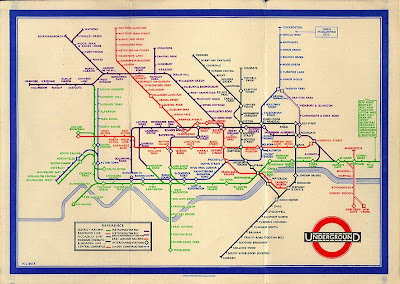 Harry Beck's original map
Harry Beck's original mapHarry Beck produced the first version of his famous diagrammatic Tube map while working as an engineering draughtsman at the London Underground Signals Office, and was paid 10 guineas (£10.50) for his efforts. He believed that once underground, passengers were less bothered about relative distances between stations — the blueprint for the original Tube maps — and more interested in how to get from one station to another and where to change. First submitted in 1931, his map was considered too radical but the public embraced it and it became official in 1933. Beck's design classic has been altered many times since; last month TFL was forced to return the River Thames to a new “decluttered” map after outrage over its removal.
 See also;http://daithaic.blogspot.com/2009/01/great-british-design-quest.htmlAh, look at all the familiar buskers
See also;http://daithaic.blogspot.com/2009/01/great-british-design-quest.htmlAh, look at all the familiar buskersBusking has been licensed on the Tube since 2003, but before that Sting and Paul McCartney both allegedly plied their trade on the Underground, in disguise as did Cat Stevens before he was famous.
Every tile tells a story Paolozzi's abstract mosaics at Tottenham Court Road
Paolozzi's abstract mosaics at Tottenham Court Road The tiles at Leicester Square depict film sprockets; Baker Street has Sherlock Holmes, Oval cricketers, while Eduardo Paolozzi's abstract mosaics at Tottenham Court Road celebrate nearby musical Denmark Street. The early Underground companies all faced the same problem - how to maximise the illumination of their gloomy gas-lit platforms. The only answer until then was masses of plain white reflective tiling. However, by the turn of the century, with electric lighting improving all the time, thoughts of something more than functional resulted in stations having unique polychrome tile decorations. The tiling of over 90 tube platforms, and associated passageways, staircases and surface-level booking halls, probably amounted to the largest single creation of decorative art on public display anywhere.
Perchance to Dream .....One of the most satisfying moments on a crowded Tube Train is when suddenly you stop thinking of the Aussie controlled haversack banging into you every time its owner moves or the blast of sound from the zombie commuter with the ridiculous headphones unconscious of your presence. Between the strap hangers your eyes alight on a Poem on the Underground cab card and as you read you are transported to a different place where there are fields of daffodils, floating clouds and babbling brooks. You have discovered, been delighted and most possibly gone on your way happier because of one of the most successful Public Art programmes, London’s famous “Poems on the Underground.”
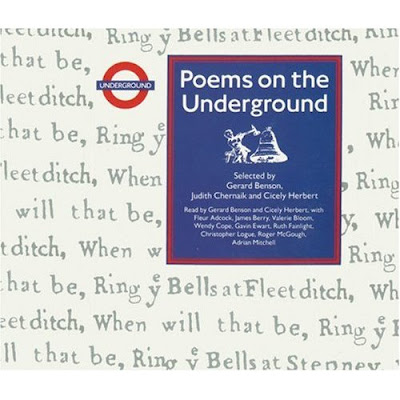
Poems on the Underground were launched in 1986. The programme was the brainchild of American writer Judith Chernaik, whose aim was to bring poetry to the wide ranging audience of passengers on the Underground. Judith Chernaik, together with poets Cicely Herbert and Gerard Benson, continue to select poems for inclusion in the programme which provides relief and interest to the commuters who make over 3.5 million journeys on the Underground each weekday.
For more on Poems on the Underground see;http://daithaic.blogspot.com/2008/06/poems-on-underground.htmlTragedy stubs out smokingA discarded match was thought to be the cause of the King's Cross fire in November 1987 which killed 31 people. The blaze started in a shaft by a wooden escalator serving the deep-level Piccadilly line and spread to the ticket hall above. Although smoking had been banned on Tube trains three years earlier a similar ban was not enforced on platforms or within stations. The escalator running track was covered in grease and rubbish, causing flames to spread rapidly. Smoking was then banned throughout the Tube network.
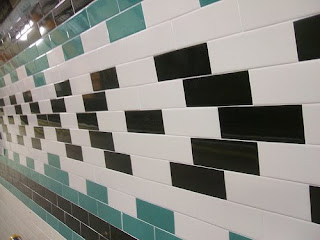 Everyday warning for city folk
Everyday warning for city folk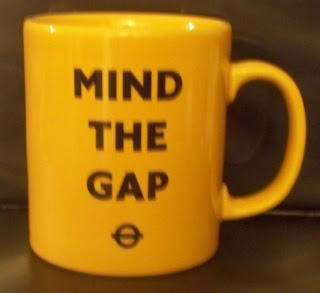
The recording of the phrase “Mind the gap” dates from 1968, and is voiced by Peter Lodge, who owned a recording company in Bayswater. He stepped in apparently when the actor hired to record the lines insisted on royalties. There have been several books, a gameshow, two theatre companies, several films and lots of songs called Mind the Gap. While Lodge's recording is still in use, some lines use recordings by Manchester voice artist Emma Clarke, while commuters on the Piccadilly line hear the voice of Tim Bentinck, who plays David Archer in The Archers.
For the full story see;http://daithaic.blogspot.com/2007/11/mind-gap.htmlFamous logo still doing the rounds
In 1908 the Tube, while not yet a unified service, was officially rebranded as the underground and the “roundel” logo was adopted. The bar-and-circle was used as part of the name boards at stations and the distinctive red and blue design enabled them to be easily identified. By the example it set under Frank Pick the Underground was gradually able to change the public’s attitude to railway stations which had been seen as shabby and inhospitable places. Sir Nicholas Pevsner wrote that Pick saw in every detail a “visual propaganda” and he used this not only to improve the Underground but the environment as a whole. Charles Holden brought the Underground station to the forefront of modern architecture: This achievement is unequalled by any other transport company before or since.
For more on Charles Holden and his unique Underground design legacy see;http://daithaic.blogspot.com/2008/04/give-my-regards-to-55-broadway.htmlLonely outposts south of the riverLess than 10 per cent of Tube stations lie south of the Thames. There are two reasons; The London Clay south of the river made tunnelling more difficult and the Southern railway electrified using third rail to increase service times and frequency to stop the (then) private Tube companies encroaching on their territory. They also built the “Drain” now the Waterloo and City Line to connect their main terminus with the City of London. This line was only transferred to London Underground in 1993. They also co-owned the Baker Street to Waterloo Line (Bakerloo Line) to connect Waterloo Station to the West End of London and later another railway, the LMS from Euston, extended this line over its network to Queen’s Park and Watford Junction.
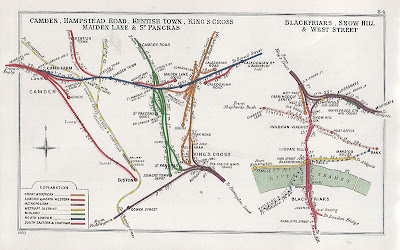 7/7: London's date with terror
7/7: London's date with terrorOn 7 July 2005 a series of co-ordinated suicide attacks during the morning rush hour killed 56 people and injured 700. Three bombs exploded within 50 seconds of each other at Edgware Road, Aldgate and King's Cross and a fourth exploded an hour later on a bus in Tavistock Square. The attacks by four suicide bombers on the London Transport system on 7th July 2005 were the largest mass murder in Britain in peacetime killing 52 passengers on The Tube and on the No. 30 bus at Tavistock Square and injuring 800 more, many seriously. Injured or not, and serious or not all who lived through the experience carry vivid and unsettling memories. There is a curious obscenity about suicide bombing, about the personal fascism which rationalises killing yourself and complete strangers you have first looked in the eye because you have convinced yourself it is for a greater good. There is a particular perversity, if you have religious faith, in destroying what you believe are God’s creations because you have appointed yourself as God’s representative and indeed have convinced yourself that shortly afterwards you will be personally thanked by Him.
 See also:http://daithaic.blogspot.com/2009/07/london-77-bombings-memorial.htmlJust squeaking into the records
See also:http://daithaic.blogspot.com/2009/07/london-77-bombings-memorial.htmlJust squeaking into the records
An estimated half a million mice live in the Underground system. Unfortunately they are a protected species as they have fast tracked evolution to adapt to the environment – They have done in 50 years what Mr. Darwin said they would do in 500 years. Unfortunately (for their exterminators) they have also become famous giving rise to an animated feature (Tube Mice – 1988) and “Underneath the Underground” a series of books by Anthea Turner (remember her?) and her journalist sister, Wendy.
Camera, lights, action stations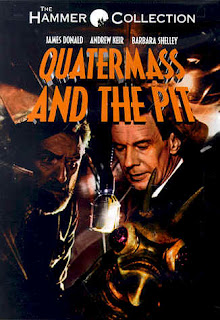
Famous “ghost”(i.e. disused) stations include Aldwych, British Museum, Down Street, King William Street and Lord's and are used many times a month as sets for films or TV programmes, although none featuring vandalism, firearms, fare evasion, smoking, terrorism or nudity. Lots of stations have closed down, but are still sitting there in a strangely unnerving way (unnerving, anyway, for anyone who has seen Quatermass and the Pit).
They are
: Aldwych (closed 1994), Blake Hall (1983), British Museum (1933), Brompton Road (1934), City Road (1922), Down Street (1932), Lords (1939), Marlborough Road (1939), Ongar and North Weald (1994)South Acton (1959), South Kentish Town (1924), St Mary's (1938), Uxbridge Road (1947), White City (1959) and York Road (1932).
Bet you Didn't Know This!Croxley, the first station outside Zone 6 on the Metropolitan Line is the only station to contain the letter 'X'.
The original Jubilee Line extension went from Charing Cross through Aldwych to New Cross on the East London Line. Indeed, 100 metres of tunnel was built at Aldwych for this purpose - then the project was dumped. So the Picadilly isn't the only line to have abandoned tunnel at Aldwych after all.
St. Paul's on the Central Line used to be called 'Post Office'.
The District Line used to run alongside the Piccadilly to Hounslow Central before the Heathrow extension was built and the section diverted to the Central terminus at Ealing Broadway.
Some of the foregoing is taken from;
The Little Book of the London Underground, by David Long, £9.99The rest is taken from a very dark place!
